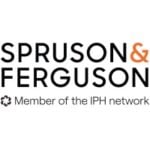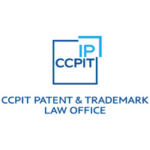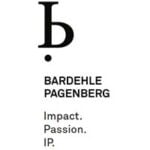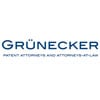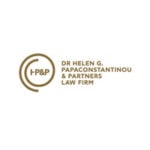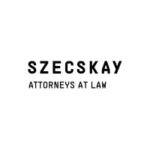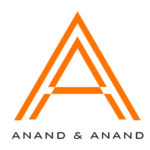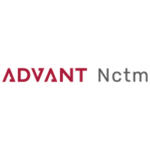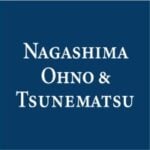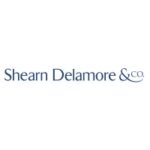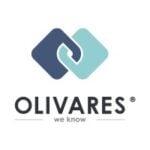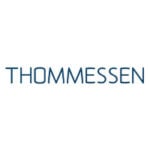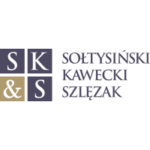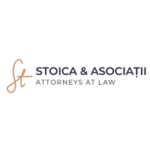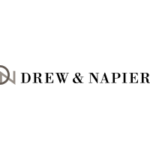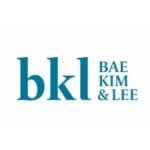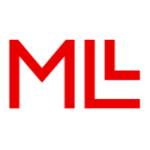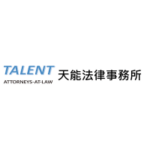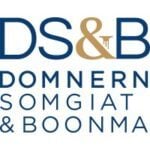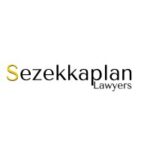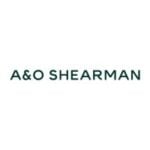-
What is the forum for the conduct of patent litigation?
-
What is the typical timeline and form of first instance patent litigation proceedings?
-
Can interim and final decisions in patent cases be appealed?
-
Which acts constitute direct patent infringement?
-
Do the concepts of indirect patent infringement or contributory infringement exist? If, so what are the elements of such forms of infringement?
-
How is the scope of protection of patent claims construed?
-
What are the key defences to patent infringement?
-
What are the key grounds of patent invalidity?
-
How is prior art considered in the context of an invalidity action?
-
Can a patentee seek to amend a patent that is in the midst of patent litigation?
-
Is some form of patent term extension available?
-
How are technical matters considered in patent litigation proceedings?
-
Is some form of discovery/disclosure and/or court-mandated evidence seizure/protection (e.g. saisie-contrefaçon) available, either before the commencement of or during patent litigation proceedings?
-
Are there procedures available which would assist a patentee to determine infringement of a process patent?
-
Are there established mechanisms to protect confidential information required to be disclosed/exchanged in the course of patent litigation (e.g. confidentiality clubs)?
-
Is there a system of post-grant opposition proceedings? If so, how does this system interact with the patent litigation system?
-
To what extent are decisions from other fora/jurisdictions relevant or influential, and if so, are there any particularly influential fora/jurisdictions?
-
How does a court determine whether it has jurisdiction to hear a patent action?
-
What are the options for alternative dispute resolution (ADR) in patent cases? Are they commonly used? Are there any mandatory ADR provisions in patent cases?
-
What are the key procedural steps that must be satisfied before a patent action can be commenced? Are there any limitation periods for commencing an action?
-
Which parties have standing to bring a patent infringement action? Under which circumstances will a patent licensee have standing to bring an action?
-
Who has standing to bring an invalidity action against a patent? Is any particular connection to the patentee or patent required?
-
Are interim injunctions available in patent litigation proceedings?
-
What final remedies, both monetary and non-monetary, are available for patent infringement? Of these, which are most commonly sought and which are typically ordered?
-
On what basis are damages for patent infringement calculated? Is it possible to obtain additional or exemplary damages? Can the successful party elect between different monetary remedies?
-
How readily are final injunctions granted in patent litigation proceedings?
-
Are there provisions for obtaining declaratory relief, and if so, what are the legal and procedural requirements for obtaining such relief?
-
What are the costs typically incurred by each party to patent litigation proceedings at first instance? What are the typical costs of an appeal at each appellate level?
-
Can the successful party to a patent litigation action recover its costs?
-
What are the biggest patent litigation growth areas in your jurisdiction in terms of industry sector?
-
How has or will the Unified Patent Court impact patent litigation in your jurisdiction?
-
What do you predict will be the most contentious patent litigation issues in your jurisdiction over the next twelve months?
-
Which aspects of patent litigation, either substantive or procedural, are most in need of reform in your jurisdiction?
-
What are the biggest challenges and opportunities confronting the international patent system?
Czech Republic: Patent Litigation
This country-specific Q&A provides an overview of Patent Litigation laws and regulations applicable in Czech Republic.
